Map of India-Middle East corridor questioned as ‘unrealistic’
The biggest story to come out of the G20 conference in India was the announcement of an India-Middle East-Europe Economic Corridor. However, an expert has pointed out that a purported map being shown by the Indian media outlets was misleading and could not possibly contain an accurate depiction of the project.
Announced by the Indian prime minister and the European Union commissioner, the corridor was unveiled at the G20 leader’s event. While India portrayed it as another sign of a warming relationship between India and Saudi Arabia, many in the Western media touted the project as a competitor to China’s Belt and Road initiative, of which Pakistan is a beneficiary.
However, Indian news organisations including the Indian Express soon showed a map of the corridor extending from India to UAE through Saudi Arabia into Israel and onto Europe.
Michael Kugelman, South Asia Director at the Wildon Institute, said that it is not clearly known where the map comes from or if it is accurate. He underscored a big error.
One of Kugleman’s arguments is that the map includes Piraeus in Greece while the city, or even the country, was not included in the announcement of the MOU.
As a debate began over the map, another user posted a map reported by India Today that showed which parts of the route would be covered by sea and which by rail.
In response, Kugleman pointed out that not only was it different from the other maps in circulation but was marked as ‘not authoritative’ by the makers themselves.
When a user questioned how it could be economical to rely on a sea, train and sea route instead of the current Suez Canal route, Kugleman said that a big portion of the initial criticism of the project was labelling it as ‘unrealistic’ because the supposed maps floating around did not accurately show how the project would be geographically laid out.
The project is split into multiple corridors: the eastern will connect India to the Gulf countries through existing sea routes, while a rail network will be established leading up to Israel.
The Western Corridor will establish a trade route to Europe, in a way that is already well established.
For the latest news, follow us on Twitter @Aaj_Urdu. We are also on Facebook, Instagram and YouTube.




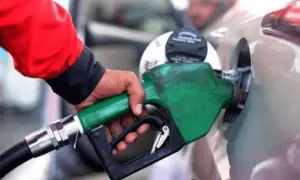
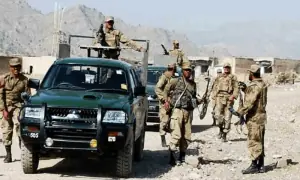
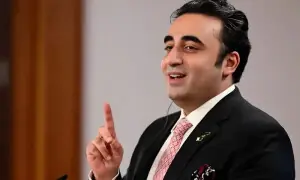
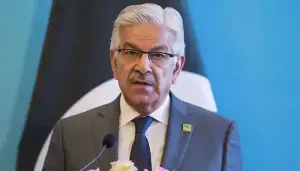

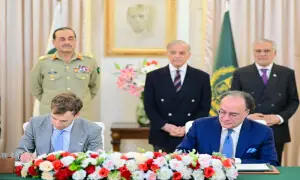

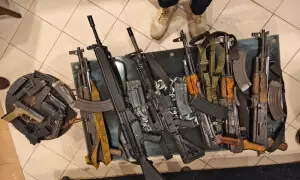

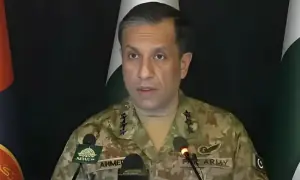



Comments are closed on this story.